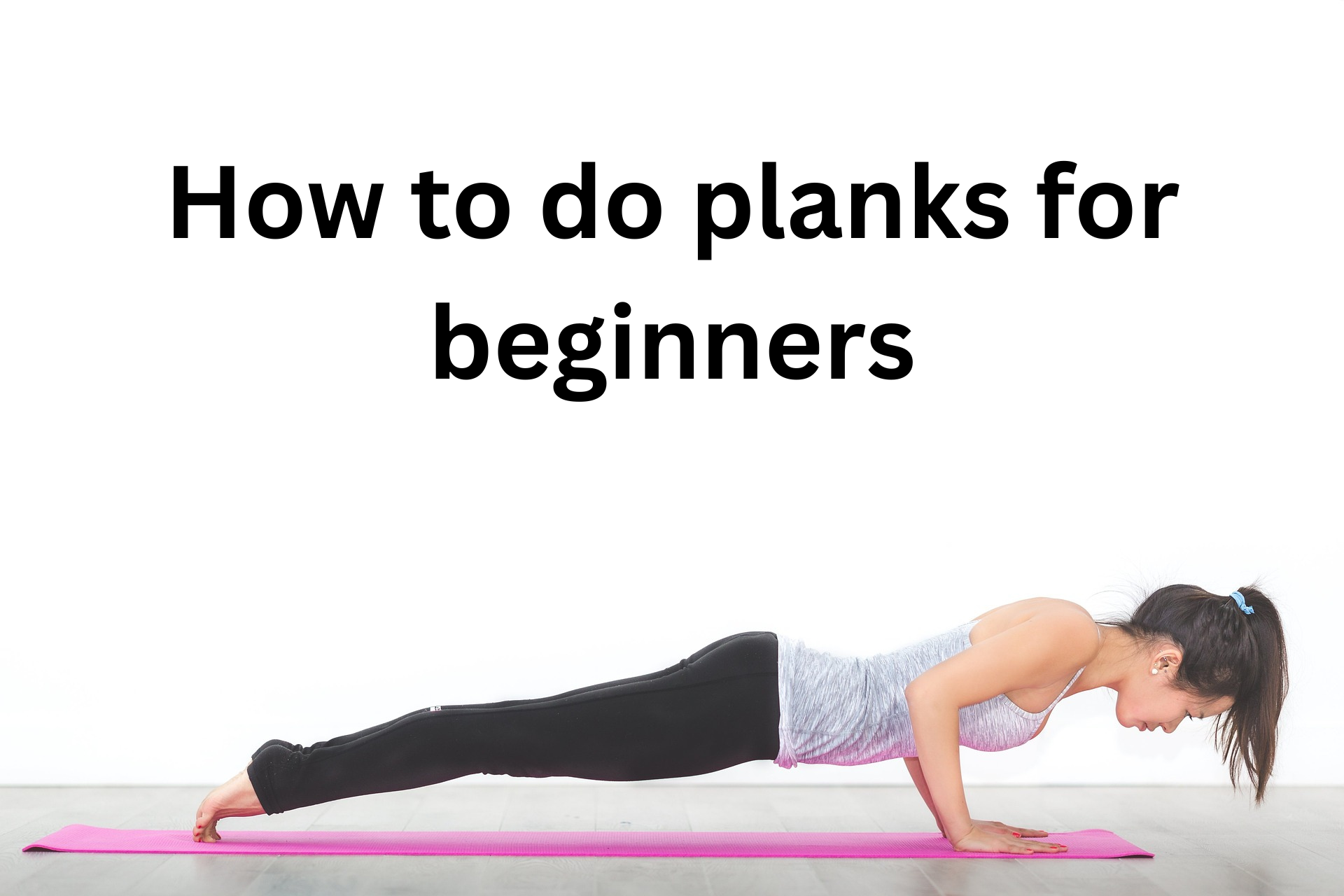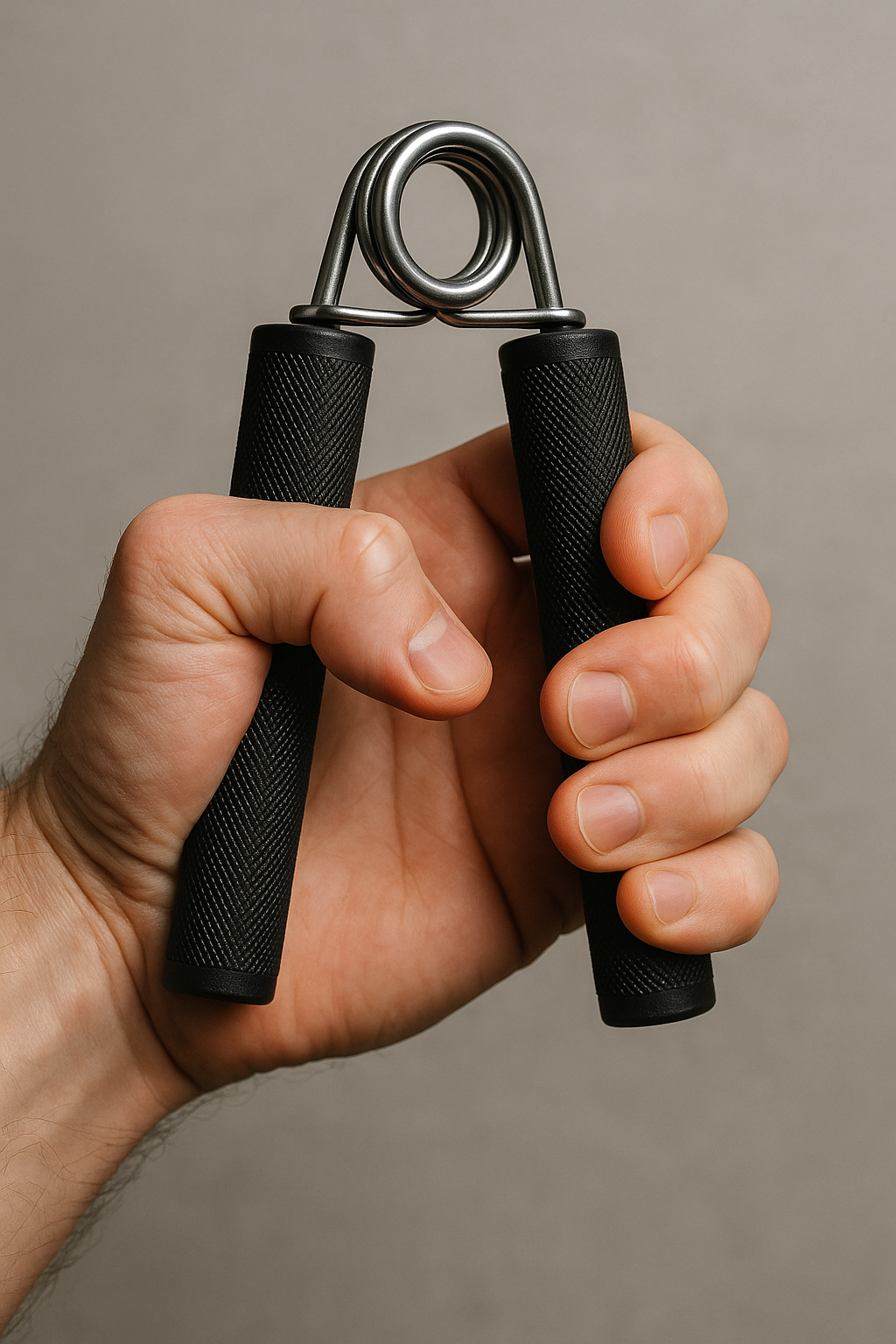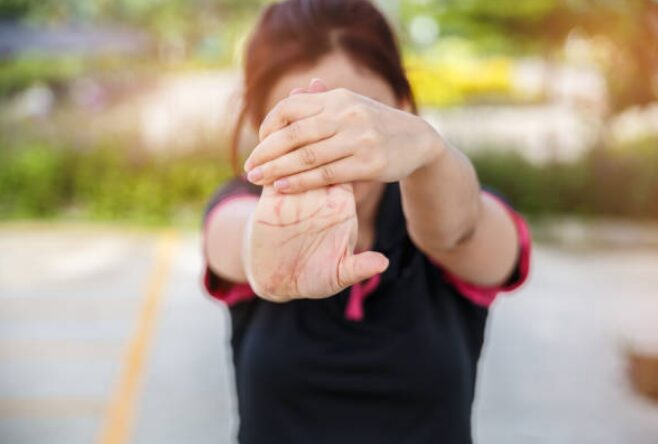If you’re serious about building stronger legs, adding definition to your lower body, or improving overall athletic performance, the leg press machine is a powerhouse tool in your gym arsenal. But one critical question often arises: How many leg press reps should you be doing?
Such as whether your goal is muscle growth (hypertrophy), strength gains, fat loss, or endurance, the number of leg press repetitions can make all the difference in your results. In this article, we’ll explore how to determine the optimal number of reps for your specific fitness goals, discuss common mistakes, and break down leg press rep ranges that actually work.
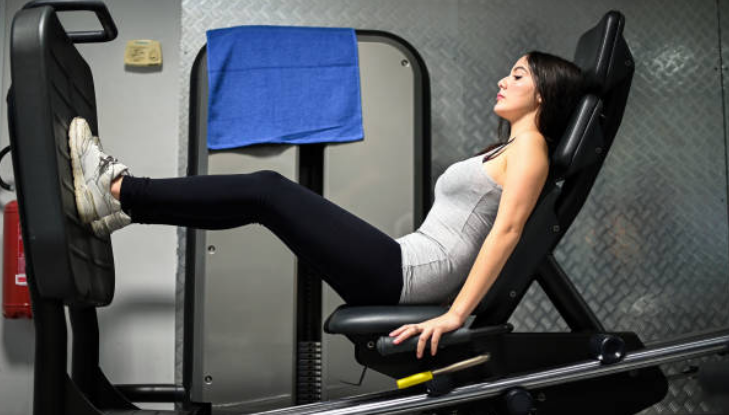
Why Leg Press Reps Matter
Such as the leg press targets major lower body muscles including the quadriceps, hamstrings, glutes, and calves. While proper form and machine settings are crucial, your rep range plays a major role in determining the outcome of your workout.
For example:
- Fewer reps with heavier weight = strength gains
- Moderate reps with moderate weight = muscle growth
- High reps with lighter weight = muscular endurance and fat loss
Such as understanding this is key to crafting an effective leg day routine.
Ideal Leg Press Reps by Goal
1. Leg Press Reps for Strength

Such as if your primary goal is to increase raw strength, focus on:
- Reps: 3–6
- Sets: 4–6
- Rest: 2–3 minutes between sets
- Load: 80–90% of your one-rep max (1RM)
This low-rep, high-load approach is ideal for athletes, powerlifters, and anyone looking to increase their maximum leg press weight.
2. Leg Press Reps for Muscle Growth (Hypertrophy)

To build muscle size and develop fuller-looking legs such as:
- Reps: 8–12
- Sets: 3–5
- Rest: 60–90 seconds
- Load: 65–75% of 1RM
Such as this is often considered the golden rep range for hypertrophy. It provides enough tension and volume to cause micro-tears in the muscle tissue, leading to growth during recovery.
3. Leg Press Reps for Fat Loss and Endurance
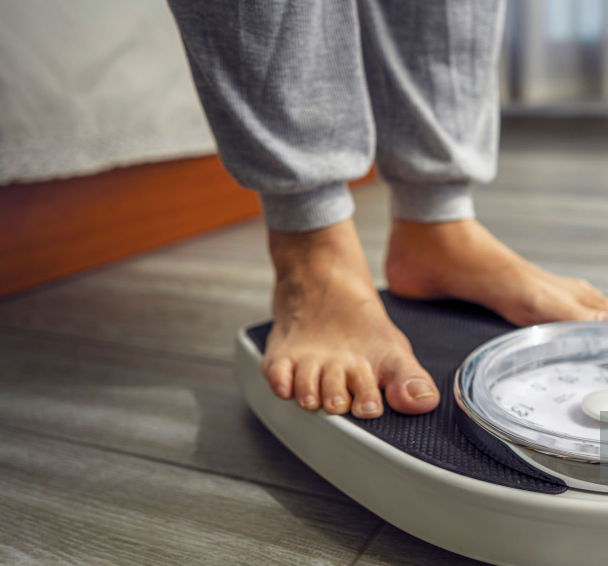
For those aiming to burn fat or improve muscular endurance such as:
- Reps: 15–20+
- Sets: 3–4
- Rest: 30–60 seconds
- Load: 40–60% of 1RM
Such as high-rep leg presses create metabolic stress and elevate your heart rate, which helps in fat-burning workouts and stamina building.
4.Leg Press for Toned Legs

Such as many gym-goers especially those looking for lean, athletic legs wonder: Can the leg press help tone legs? The answer is a definite yes if used correctly.
How To Do It
- Such as use light to moderate weight (50–60% of 1RM)
- Perform 15–25 reps per set
- Do 3–4 sets with 30–60 seconds rest
- Focus on slow, controlled movement (3 sec down, 1 sec up)
- Such as keep feet shoulder-width to target full leg muscles
- Train 2–3 times per week for best results
Key Features
- Targets quads, hamstrings, glutes, and calves
- Such as builds lean muscle mass to create definition
- Burns fat through higher reps and shorter rest
- Such as safer than squats for beginners or those with back issues
Leg Press Routine Table by Fitness Goal
| Goal | Warm-Up Sets | Working Sets & Reps | Weight (% of 1RM) | Rest Between Sets |
|---|---|---|---|---|
| Strength | 2 sets of 10 reps (light) | 5 sets of 3–6 reps | 80–90% | 2–3 minutes |
| Muscle Growth | 2 sets of 15 reps (moderate) | 4 sets of 8–12 reps | 65–75% | 60–90 seconds |
| Endurance/Fat Loss | 1–2 sets of 20 reps (light) | 3 sets of 15–25 reps | 40–60% | 30–60 seconds |
| Toned Legs | 1–2 sets of 15 reps (light) | 3–4 sets of 15–25 reps | 50–60% | 30–60 seconds |
How to Determine Your Ideal Reps
Choosing the right leg press rep scheme depends on three main factors such as:
- Training Experience – Beginners should start with higher reps to master form before progressing to heavier loads.
- Fitness Goal – Are you after size, strength, or stamina? Tailor reps accordingly.
- Recovery Ability – Low reps = higher intensity = more recovery time.
Pro Tip: Such as use progressive overload to gradually increase your reps, weight, or sets over time.
Common Mistakes to Avoid
Even with the right rep range, many lifters fail to see results due to these common leg press mistakes such as:
- Partial reps: Not using a full range of motion reduces effectiveness.
- Too much weight: Ego-lifting often leads to poor form and injury.
- No variety: Repeating the same rep range every session leads to plateaus.
- Ignoring tempo: Controlled movement (e.g., 3 seconds down, 1 second up) maximizes tension.
Tips for Progressing Your Leg Press Reps
Here are some strategies to improve your leg press performance such as:
- Use Pyramid Sets: Start light and increase weight each set while lowering reps.
- Add Drop Sets: After your final working set, reduce the weight and rep out.
- Train to Failure: Occasionally push to failure on high-rep sets (only under supervision or with safety stops).
- Track Your Progress: Use a log to note reps, weight, and perceived exertion.
Leg Press Reps FAQs
Q: How many leg press reps should a beginner do?
Such as beginners should start with 12–15 reps per set using light to moderate weight to learn proper form and avoid injury.
Q: Are high reps or low reps better for legs?
Both have benefits. High reps improve endurance and fat loss, while low reps build strength. Combine both in your program for balanced results.
Q: Is it better to go heavy or do more reps on leg press?
Such as it depends on your goals. Go heavier for strength, and do more reps for endurance or fat loss.
Conclusion
When it comes to leg press reps, there is no one-size-fits-all answer. Such as your rep range should align with your training goals—whether it’s building strength, increasing muscle mass, burning fat, or improving stamina.
Key Takeaway:
Use 3–6 reps for strength
Use 8–12 reps for hypertrophy
Use 15–20+ reps for endurance and fat loss
Such as by adjusting your leg press reps intelligently, you can break through plateaus, avoid injury, and accelerate your progress toward a powerful, well-defined lower body.

